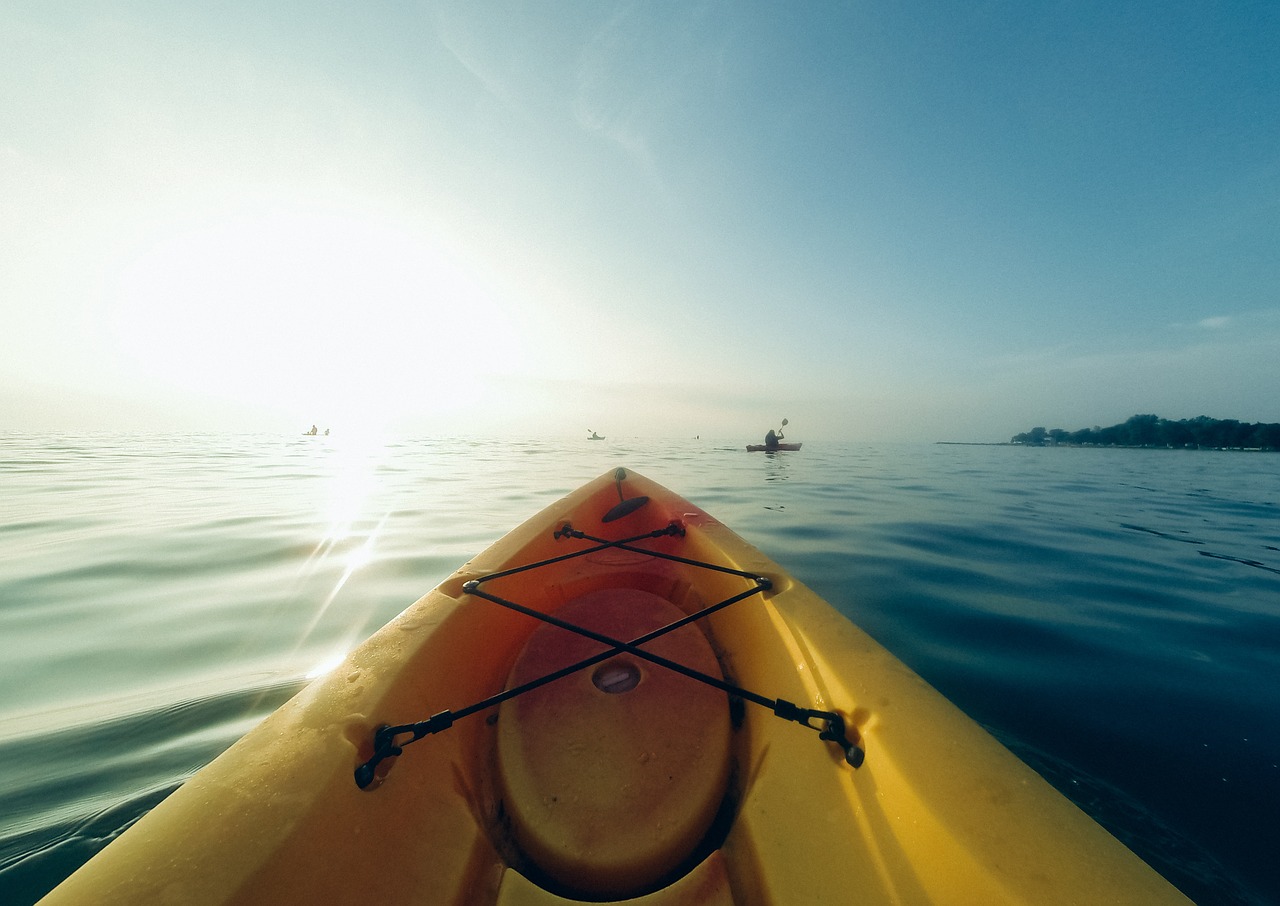
Kayak angst (Danish: kajaksvimmelhed “kayak dizziness” or kajakangst, Greenlandic: nangiarneq) or nangierneq (Inuit) is a condition likened to a panic attack which has historically been associated with the Inuit people of Greenland. It has specifically been described as an episode of intense anxiety amongst seal hunters fishing on one-man boats. It has additionally been associated with the Iglooik Inuit of Northern Canada who are said to suffer wild hallucinations of mythical spirits including visions of a ‘sea ermine’.
A loss of direction, helpless feelings and psychophysiological responsivity are characteristic of kayak angst. A sensation of cold, rising from below, can make the kayaker feel as if the boat is filling with water. The lone hunter may also feel overcome by an intense fear of drowning, although it has been reported that this particular effect may be diminished upon seeing another hunter or by returning to land. Avoidance behaviours (i.e. becoming reluctant to go on future hunting expeditions) are likely to manifest on subsequent hunting expeditions before such behaviour transitions into a total incapability of hunting in the long-term. It has also been hypothesised that sufferers may be predisposed to other conditions, such as mountain dizziness, and their resistance to such related-afflictions becomes somewhat depleted after a bout of kayak angst.
The most successful way for a lone seal hunter to break the effects of kayak angst is reported to be vigorously and strenuously continuing to paddle; this can be initiated by first rocking the boat and then working towards more sizeable thrusts. Those who have survived agree that it is far more beneficial to move than remain stationary if afflicted.